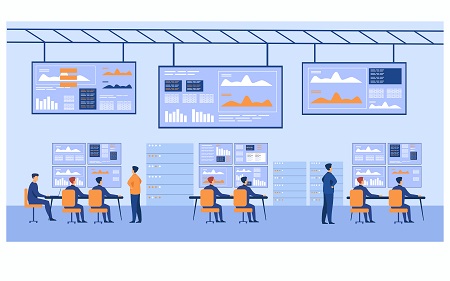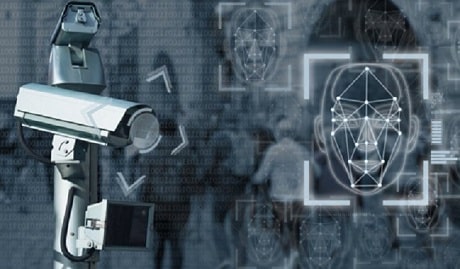Secure more with fewer people using CCTVs like those used in Government Agencies for Security
Before the Corona Virus pandemic hit the globe, companies worldwide were adapting to various technologies. These technologies were intended to make the workplaces more productive, more efficient and enhance customer satisfaction. This adaption is what is commonly referred to as digital transformation.
Digital transformation is driven by competition, shifting customer expectations, and technological advances. However, it is now also driven by the pandemic, not just being driven but also accelerated. Digital transformation, at its core, has always been used to promote efficiency and fewer resources, saving time, cutting on duplication, and automating processes.
Automation of Physical Security in places like government agencies
Typically, the facilities or HR department manually de-provision access permits whenever an employee leaves. This, for big corporations like government agencies, means repetitive administration. Worse still, this de-provision sometimes happens months later. This delay created massive compliance and security issues. However, automating this removal process and having it take place the minute employees depart will save effort and time.
Having government CCTV systems that are furnished with biometric authentication can deny or grant access automatically. This reduces the need for staff exits/entrances and eliminates the need for manual processes like sign-in books.

Some CCTV systems require that a person watches the live footage. However, having an AI (artificial intelligence) powered can ‘watch’ the footage for you. The AI will identify and alert you of any abnormal events that might be a threat to your surroundings. What’s more, AI’s have the capability of going through hundreds of video hours in a matter of seconds.
Physical security controls components
Before you proceed to update your physical security system, you will need a clear picture of the different roles barriers and technology play in the final strategy. The niftiest security strategy will generally have a layered approach. This means adding physical security controls to cyber security policies.
For example, having a government office CCTV system that has strong security components will keep you safe from leading threats. The four major security components include:
- Delay: provide a strong tag There are security systems that are specially designed to slow down intruders. Access control such as needing mobile credentials or key cards are such methods.
- Detection: provide a strong tag These components make it easy for you to identify potential security intrusions. Automatic notifications, alarms, and sensors are physical security detection examples.
- Deterrence: provide a strong tag This refers to security measures put in place to keep people from a selected space. You will find video security cameras and access control systems prompting unauthorized individuals from attempting to gain access to a given area.
- Response: provide a strong tag This refers to components put in place in the unfortunate event of a successful intrusion. For example, calling first responders or emergency services, building lockdowns, and communication systems.
Combined, these security measures are put up to prevent unwanted/unauthorized people from accessing specific spaces. They also notify the necessary persons of the intrusion prompting a quick response and in an appropriate manner. Any physical security plan you have must address the listed components detailing technology and processes to be used to ensure safety.
Cost-cutting
Automating physical security also reduces costs. The cost of securing your environments will reduce the required human effort. Other operations can also be streamlined with the automation of physical security. For instance, government camera surveillance systems will be able to tell what time the last person left. The systems will then signal other systems to turn off the lights, turn off cooling & heating, and lock the doors.
Everyday things threatening physical security
Your system should keep you safe from unique threats. However, there are some common vulnerabilities and threats you could consider. Here are the most common threats your physical security system will protect you against:
- Vandalism
- Burglary and theft
- Sabotage or terrorism
- Natural disasters
- Workplace violence

Depending on the location of the space you want to be secured and the industry you’re in, some threats may be more important than others. For instance, if it’s a workplace located in a public area, protection against theft and vandalism should take center stage.
Conclusion
Physical security is the provision of security of data, networks, software, hardware, and personnel. The protection is from physical events and actions that could result in serious damage to an agency, enterprise, or organization. As mentioned, it also includes being protected from terrorism, sabotage, robbery, larceny, natural disasters, and fire.
While insurance covers most of these events, prioritizing damage prevention is the best solution. It will save you resources, money, and time resulting from the loss. Your company’s physical security program’s success can largely be attributed to how well it’ll be executed, upgraded, and sustained.
